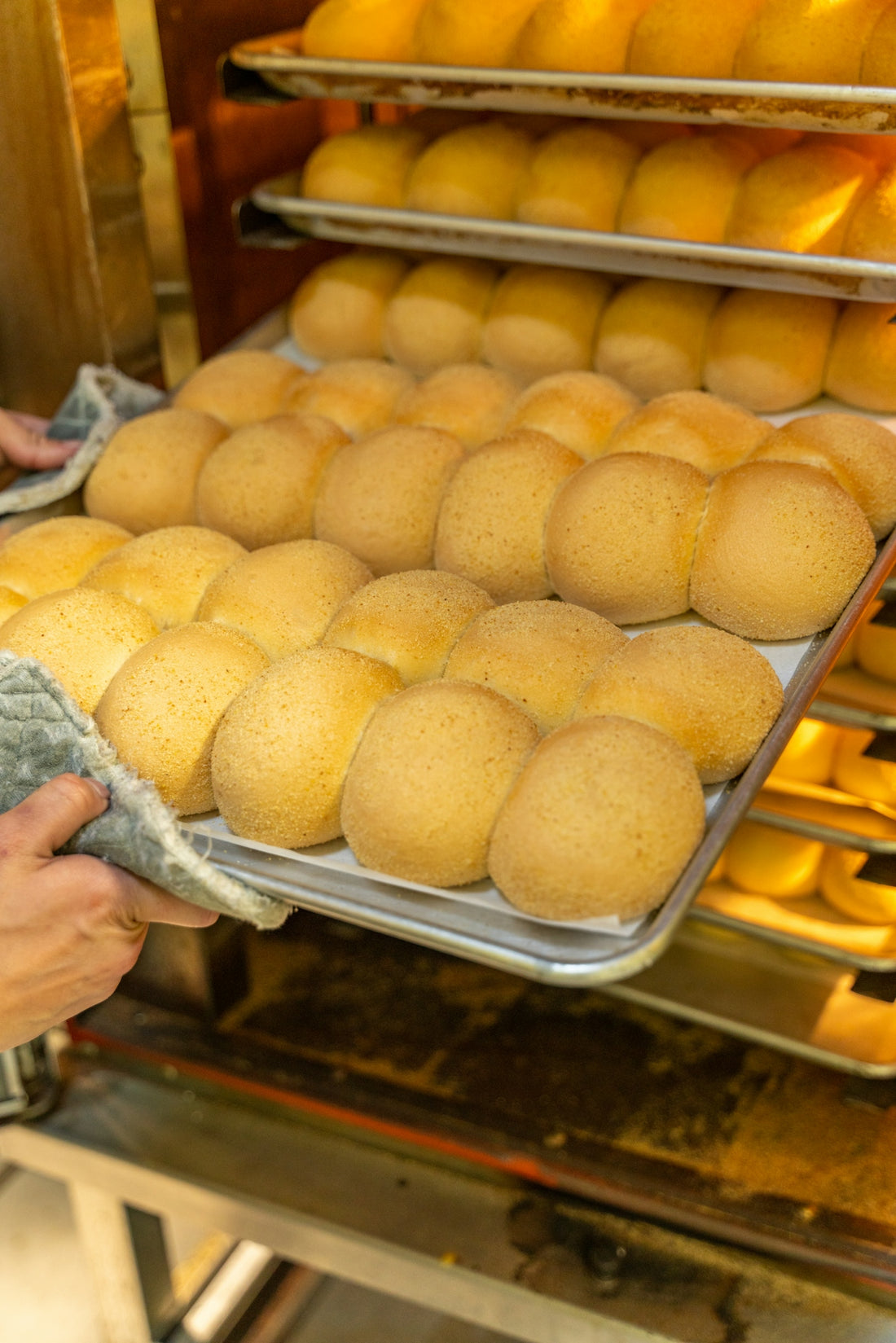
Troubleshooting Guide to Sourdough Bread Recipe Issues and Solutions
Welcome to Italian Sourdough, where we delve deep into the art of mastering the perfect sourdough loaf. Embarking on My sourdough life journey is both exciting and rewarding, but like any culinary craft, it comes with its own set of challenges. Whether you're a novice baker or an experienced enthusiast, this comprehensive guide is here to help you troubleshoot common issues and perfect your sourdough bread recipe.
Understanding Your Sourdough Starter
What is a Sourdough Starter?
A sourdough starter is a living culture of flour and water, teeming with wild yeast and beneficial bacteria. It's the cornerstone of homemade sourdough and responsible for the distinctive flavors and textures of artisan bread baking.
Sourdough Starter vs Yeast
Unlike commercial yeast, a sourdough starter contains wild yeast fermentation that can't be replicated. The result is a more complex flavor and healthier leavening, especially pertinent for those seeking sourdough for diabetics.
How to Feed Sourdough Starter
Feeding your sourdough starter is crucial to maintain its vitality. Follow a regular sourdough starter feeding schedule: Remove half of the starter, then add equal parts of flour and water. Allow it to sit at room temperature until bubbly and active.
Sourdough Starter Troubleshooting
- Inactive Starter: Ensure you're using non-chlorinated water and good-quality flour. Temperature plays a key role; aim for a consistent warm environment.
- Starter Smells Off: It's normal for some sourness, but an overly pungent smell might suggest it's overfed or underfed. Adjust your feeding routine accordingly.
Consider using the Professional Baking Tools Kit for optimal starter care.
How to Store Sourdough Starter
Store your starter in the refrigerator if you plan to take a break from baking. Remember to feed it once a week to keep it thriving.
Baking the Perfect Sourdough Bread
Sourdough Fermentation Tips
The cornerstone of sourdough success lies in dough fermentation. Here are a few things to consider:
- Timing: Fermentation times vary, but for an established sourdough starter, a 4-6 hour room temperature ferment, followed by an overnight cold ferment, often yields excellent results.
- Temperature: Ambient temperature affects the dough's activity. In colder climates, extend fermentation times; in warm areas, reduce them slightly.
Sourdough Bread Troubleshooting
- Dough Sticks: If your dough is sticking excessively, your hydration may be too high. Gradually reduce the water content until manageable.
- Flat Loaf: Insufficient kneading or weak gluten development might be the culprit. Ensure your dough passes the windowpane test.
Sourdough Baking Tips
To optimize your baking process:
- Use Quality Tools: A good loaf pan can make all the difference. The Nonna Bella Carbon Steel Bread & Loaf Pans are perfect for ensuring even baking.
- Steam It Right: Introduce steam during the first ten minutes of baking to achieve a crisp crust.
How to Shape Sourdough Bread
Shaping is integral to your loaf's final appearance. Pre-shape into a round, then rest. Tension the dough by pulling towards you using a dough scraper. For practice, the Professional Baking Tools Kit provides a helpful pastry mat and dough scrapers.
Best Sourdough Scoring Techniques
Scoring doesn't just beautify your bread; it controls its expansion. The art lies in precision and confidence.
- Preferred Tools: The Wooden Handle Bread Lame gives you the control you need to make those elegant cuts.
Easy Sourdough Bread Recipe
For quick and less complex preparation, consider starting with an easy sourdough bread recipe. Fine-tune your technique with less hydration and simpler steps to gradually build confidence.
Conclusion
Embarking on the sourdough bread-making journey is akin to learning an age-old art form, where patience and practice pay dividends. With this troubleshooting guide, empower your baking sessions with the knowledge needed to resolve common pitfalls, ensuring each loaf is an impressive showcase of your skills.
Remember to maintain a solid rhythm in feeding and maintaining your sourdough starter, harness the power of tools from Italian Sourdough, and enjoy the fruits of wild yeast fermentation.
Happy baking!
Useful Links for Artisan Tools:
Your journey in sourdough mastery awaits!
